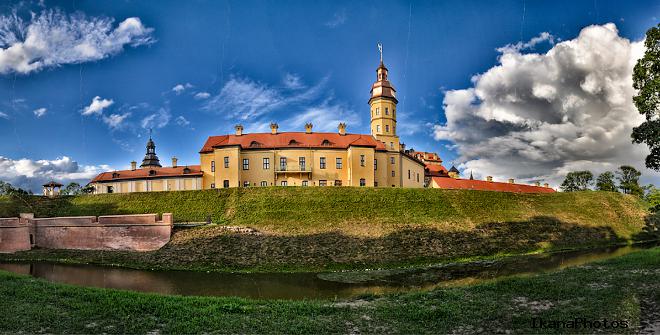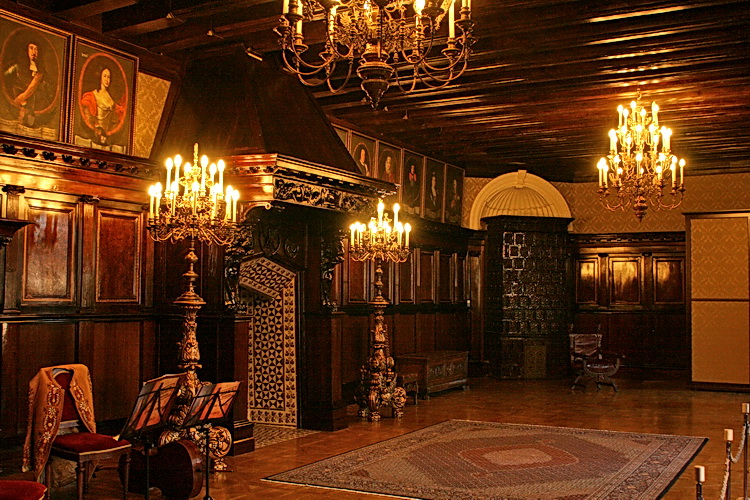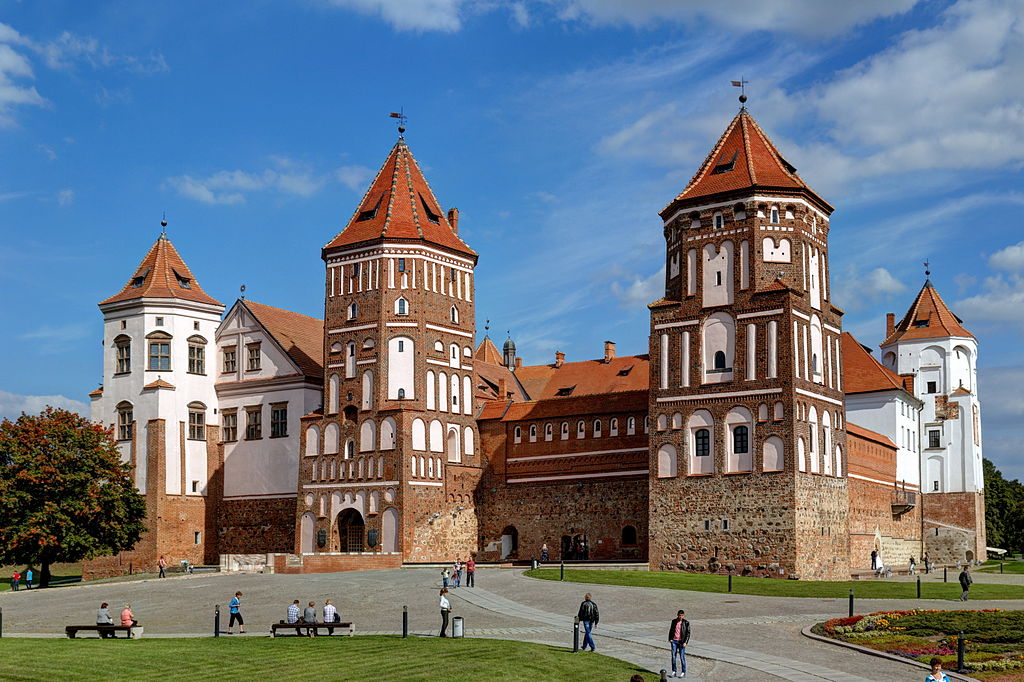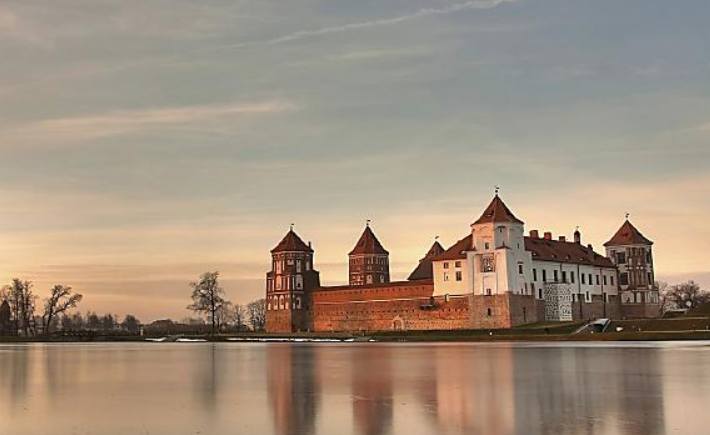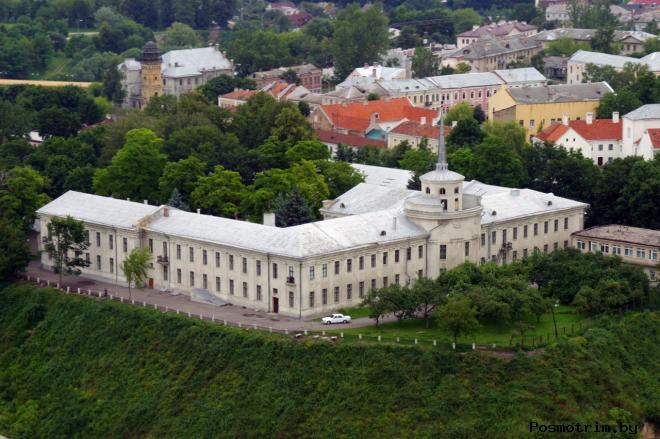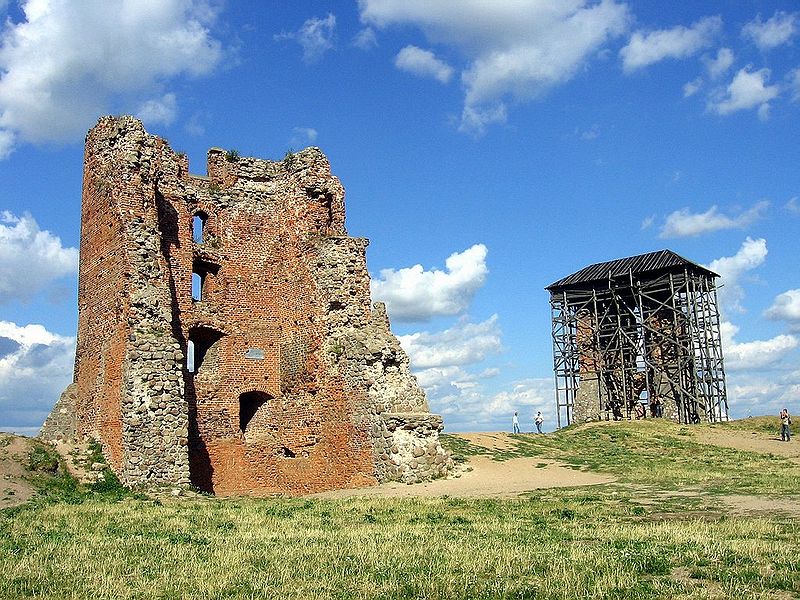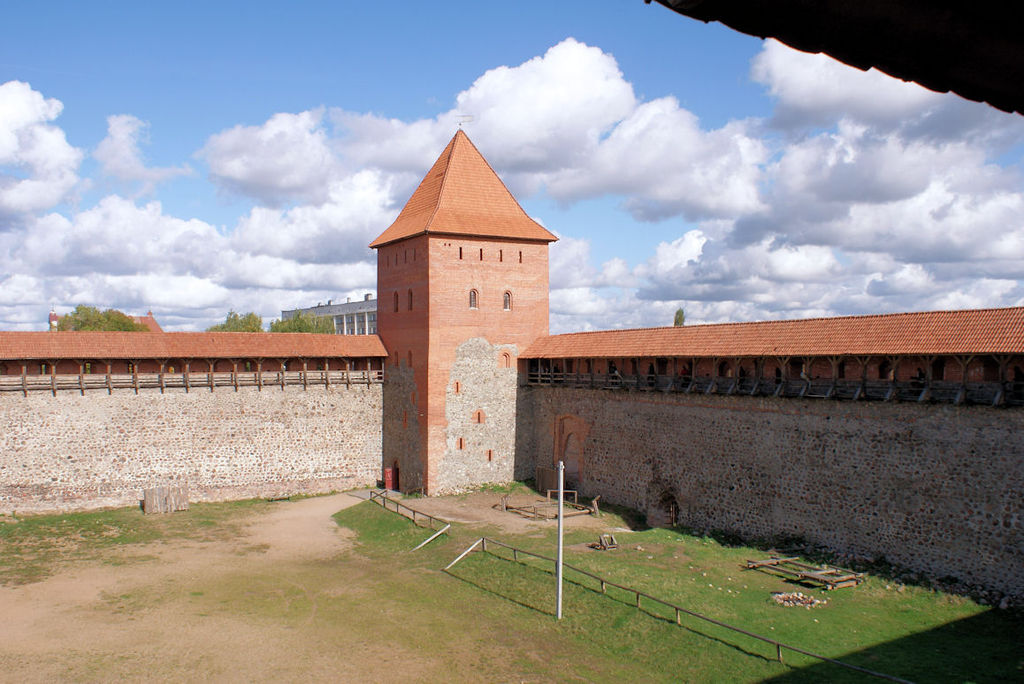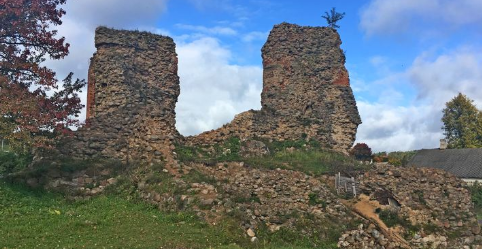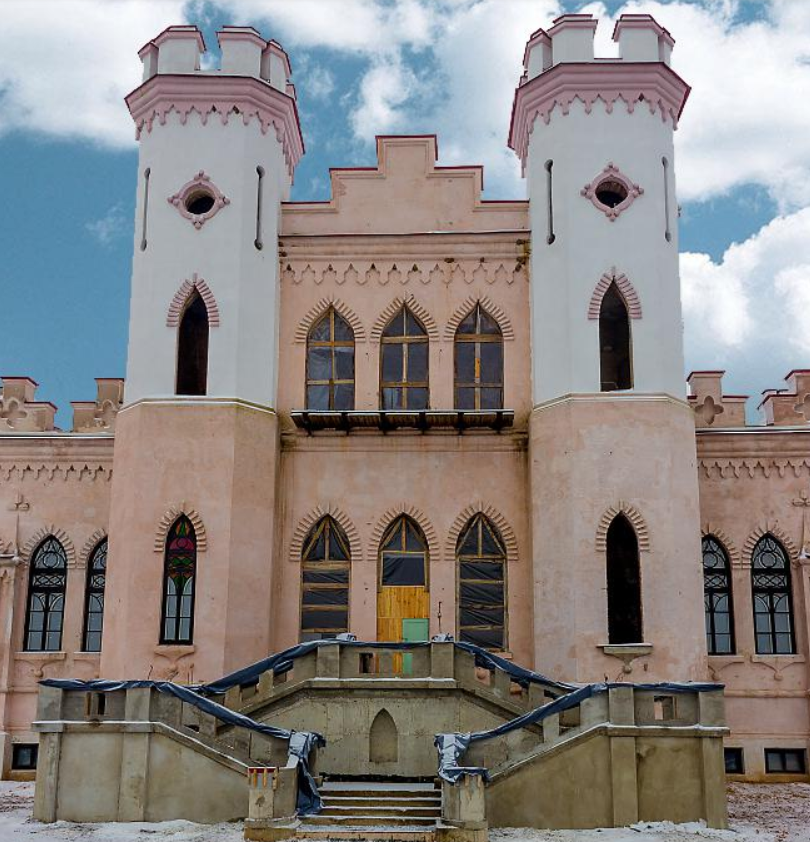Castles of Belarus
Castles of Belarus. Best castles of Belarus 2019-2020
What comes to your mind, when you imagine yourself being in “the heart of Europe”?
Belarus, Eastern Europe, neighbor of Poland, Lithuania and Russia, so close to the very center of Europe that it could not but become an arena and crossroads of just about all historical European battlefields. Which left so little of most beloved historical legacy of the country – ancient castles, palaces, with their knights, ladies, gardeners, ghosts, bagpipes, dykes, cemeteries, stories and legends, craft fairs, tumultuous celebrations, spear-running, dancing by the fire, and probably occasional inbreeding.
Yet, with years, Belarus keeps striving to preserve and restore its heritage. Our lucky winner is Nesvizh Palace and castle complex, built in the 16th century by Radziwill Sirotka under the supervision of Italian architect Giovanni Bernardoni, has a long history of destruction, as it has been repeatedly burned down – and recovered. Until finally in our century gained back its magnificent design and romantic charm as if safe and untouched.
Of greatest interest are several ceremonial halls, for instance, ballrooms, dining rooms, living rooms with their inherent attributes – paintings, armchairs, fireplaces, musical instruments, boudoirs, antique dolls and china. There’s also a small chapel and a hunting room, which shows a huge amount of trophies. Castles of Belarus are crazy beautiful!
Nesvizh Castle holds balls, historical reconstructions and knights’ tournaments, concerts and theatrical performances. The castle is a UNESCO World Heritage Site. It is located not far from yet another famous castle of Belarus – the Mir Castle, and it is quite reasonable to jointly visit two architectural and historical castles of Belarus.
Mir Castle was built in 16th century, and has been the main attraction of such kind for tourists for decades. The construction design is a rare combination of Gothic, Baroque and Renaissance styles. The castle has undergone major reconstruction, yet it was well preserved even before that. There is also a museum inside the castle, with a vast collection of stylish antique, furniture, dresses and armory of several epochs. The lights are deemed, the walls are thick, the windows are narrow, so once you get inside – you are trapped and devoured by the power of the spirit of the old castle itself.
The place is mystic – and you will surely get carried away by the beauty of the Palace and Park Complex with a family vault and a picturesque pond. There is also a hotel for guests who’d want to spend several nights imagining themselves to be the heir of an ancient Radziwill family.
By the way, Mir Castle is also on the list of UNESCO objects and one of the famoust castles of Belarus.
If you choose to visit Mir Castle, here’re some hints for you: be careful on the ladder between tiers of towers, ask around to learn more about the ghost of White Virgin. Also – try and find Mir Castle toilets. Oh, and make sure not to miss the dungeon in the basement of the tower.
Other castles of Belarus (or castles’ leftovers) can be seen in Lida, Krevo, Kossovo, Lubcha, Ruzhany. Some of them are decently preserved, like the Old and New Castles of Grodno on the high riverbank, with its own legends (like that of the half-burnt ancient church nearby) and museum treasures for you to discover.
Others lay in ruins, like the oldest Novogrudok castle built in 11th century. It was the residence of the princes of the Grand Duchy of Lithuania. It’s once again because of the wars, that the former greatness of the Novogrudok castle is today left for your imagination.
Lida Castle is a very intriguing place. For instance, it’s walls have witnessed a wedding ceremony of a 71-year-old Duke Yagaylo and his 17-year-old fiancée Sofia Golshanskaya. It was built in the first half of the 14th century by Prince Gediminas within just 5 years, in order to block the way of the crusaders to the central lands of the Grand Duchy of Lithuania. Since the day it arose, it became an autonomous city-in-the-city with its own church, court, prison, archive, residential buildings. For a long time after that, it used to serve as a part of the defense line against the Crusaders: Novogrudok – Krevo – Medniki – Troki. Below you will find the information about other castles of Belarus.
Same century, same mysterious castle – the Kreva Castle. The castle occupies a significant place in the history of Belarus. Duke Keistut was strangled here (Prince Vitovt, his son and a bright political figure-to-be, managed to escape). It was the place, where the famous Kreva union was signed between the Grand Duchy of Lithuania and Poland.
There are many legends about the beautiful girl trapped alive within the castle walls. Also, there’s a legend of a secret pathway leading to the capital of Lithuania – Vilnius, that starts somewhere deep beneath the castle.
Unfortunately, only a few sections of the walls and part of the tower have been preserved till these days.
Much to our greatest joy, architectural-wise one of the most unusual castles of Belarus, Kossovo castle (Puslowski Palace, located in Kossovo area), has recently opened its doors again to the invasion of tourists from all over the world.
The Puslovsky Palace has been under restoration for a long time, until November 10, 2017 – the day it finally re-opened its doors (does it mean it’s also ready to reveal its secrets?) to the public. It was built by the governor Kazimir Puslovsky in 1838, and lost by his grandson as a card debt.
Kossovo Castle, located on a green hill, once had a terrace with exotic trees. The whole castle was surrounded by a beautiful park. Initially, the palace had 132 rooms: each one to be lit up by the sun for two and a half days within a year circle. The 12 towers of the castle symbolize the months of the year.
During World War I, the palace was plundered, the garden and the greenhouse were completely destroyed. Yet the main damage was done during the World War II. In 1944, it burned out completely leaving only walls standing.
Despite all that the castle had to endure, it still strikes the eye with its white towers.
There are many other castles in Belarus (castles of Belarus) – Bykhov Castle, the “black” Golshany Castle, Orsha Castle, as well as the legendary Brest Fortress. If you choose to go to any of the restored touristic sites – you might want to choose going there in the summer, when lots of knight festivals and medieval fairs are held. The greatest festival of all times is held on Kupala night – the celebration of love and summer on the night of July 7.
The preserved Belarusian castles, such as Mir and Nesvizh, impress with their monumentality and instantly surround tourists with a mysterious medieval atmosphere.
The rest might not be the same caliber as those famous castles in other European countries. High time to embrace the fact, that wars do not let the humanity preserve what they cherish most. However, these sites are likely to become a significant pin on the roadmap of the journey around Belarus, as they let you touch, feel and breathe in history as it is. Surrounded by nature, they’d let you block off the rest of the world and tune in with the whispers of medieval sorcery – or dive in the bottomless sea of your own imagination.



 Back
Back


